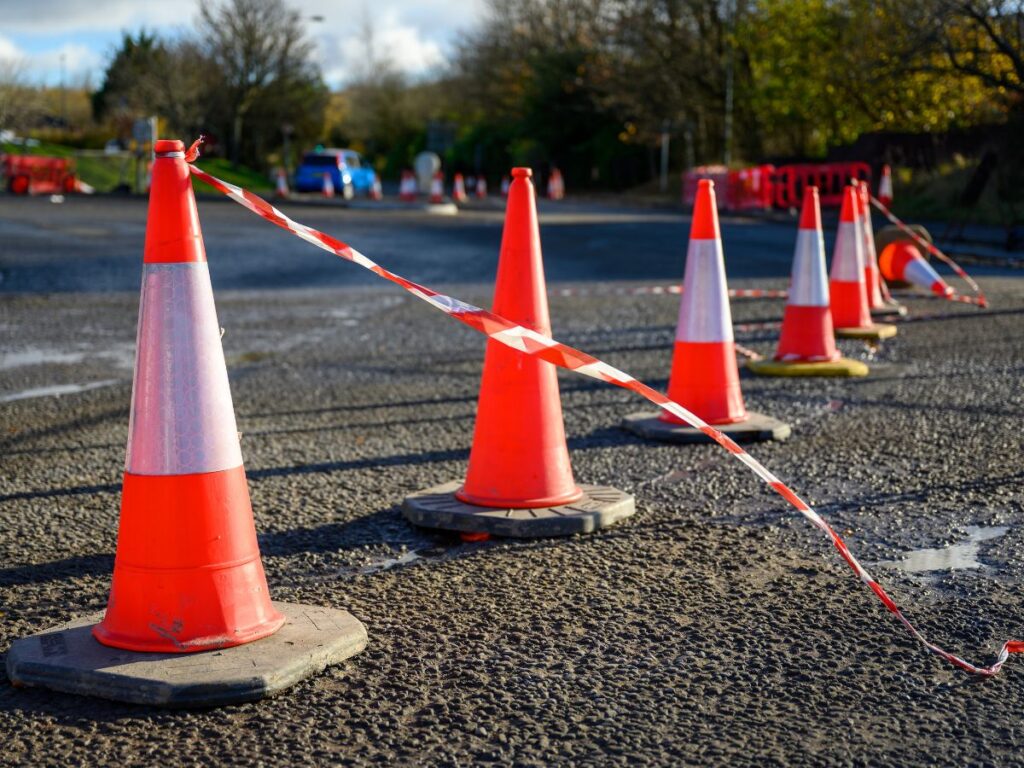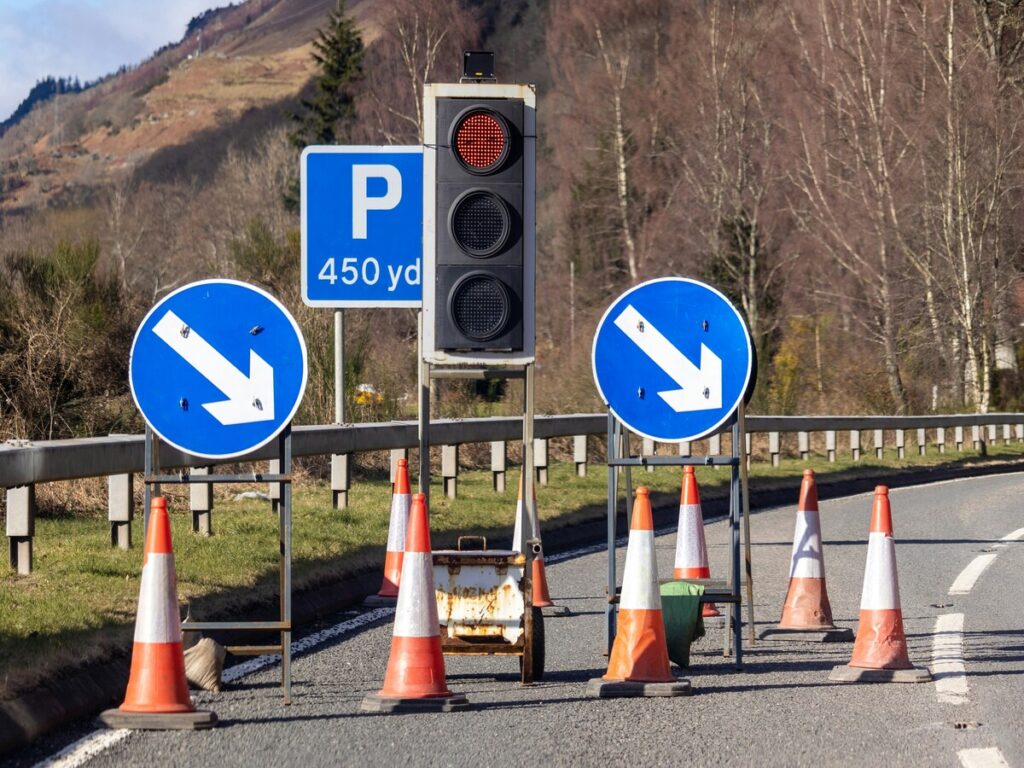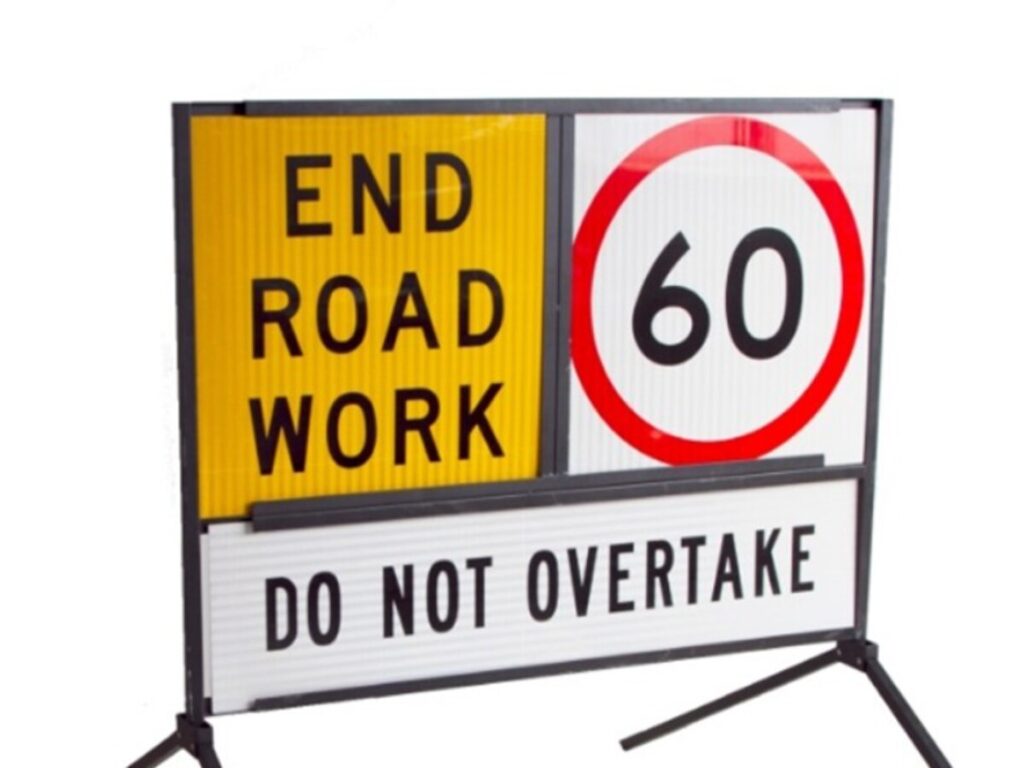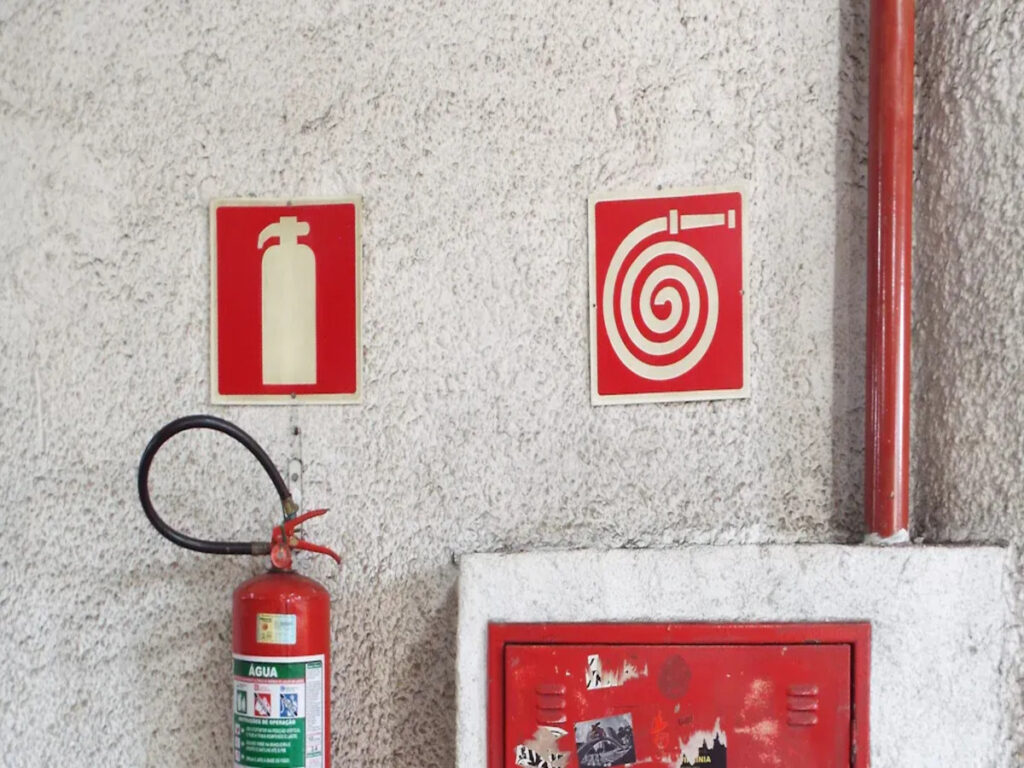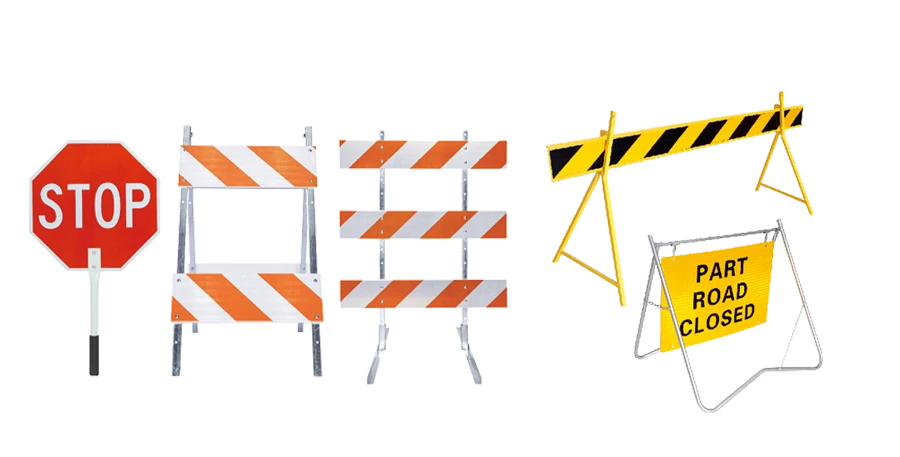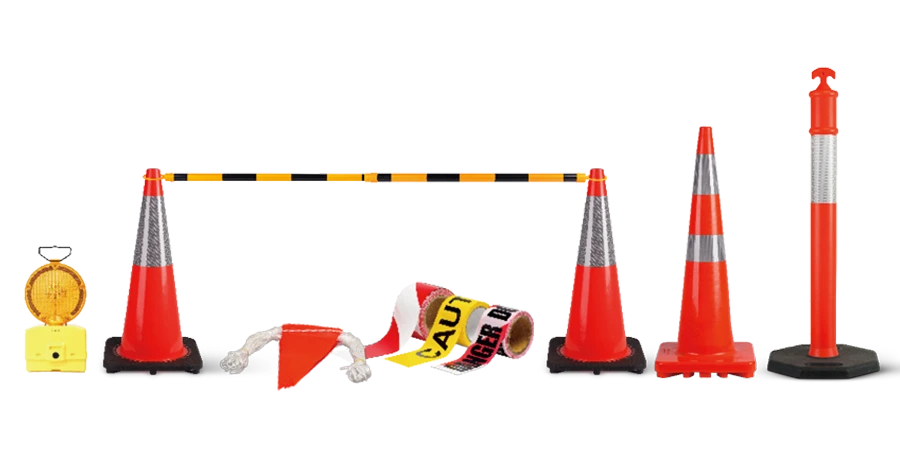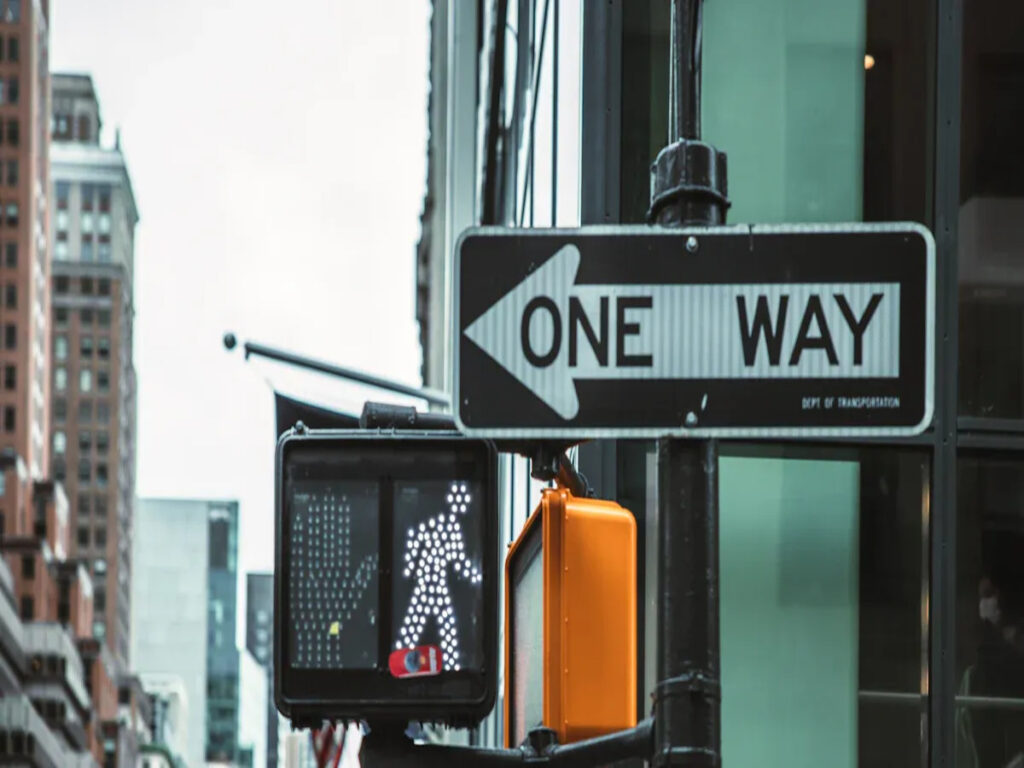
당신은 “앞서만” 표지판에는 계속 직진하라는 지시가 있습니다, a “편도” 표지판은 거리에서 허용되는 유일한 방향을 보여줍니다.. 이러한 유형의 도로 표지판을 이해하면 안전을 유지하고 혼란을 피하는 데 도움이 됩니다.. 각 기호의 의미를 알면, 규칙을 따르고 교통이 원활하게 흐르도록 돕습니다.. 도로 표지판에 세심한 주의를 기울이세요, 특히 일방통행 교통 표지판, 실수를 피하고 자신과 다른 사람을 보호하기 위해.
더 많은 통찰력을 얻으려면, 블로그를 확인하십시오: 도로 안전 및 교통 흐름 강화를 위한 일방통행 교통표지판의 중요성.
주요 테이크 아웃
- “앞서만” 교차로에서 직진하라는 표지판이 있습니다. 그곳에서는 회전이나 유턴을 할 수 없습니다..
- “편도” 표지판에는 거리에서 운전할 수 있는 유일한 방법이 나와 있습니다.. 사람들이 잘못된 방향으로 운전하는 것을 막습니다..
- 당신은 찾을 수 있습니다 “앞서만” 파란색 원과 흰색 화살표가 위를 가리키는 표지판. “편도” 표지판은 검은색 화살표가 있는 흰색 직사각형이며 다음과 같이 말합니다. “편도.”
- 이 표지판을 따르는 경우, 당신은 안전하게 지내세요. 교통이 원활하게 움직이는 데 도움이 됩니다. 또한 벌금이나 면허증 벌점을 받지 않아도 됩니다..
- 이 표지판을 자세히 살펴보세요, 특히 바쁜 곳에서. 이는 충돌을 막고 도로에서 귀하와 다른 사람들을 안전하게 보호하는 데 도움이 됩니다..
앞으로만 표지판
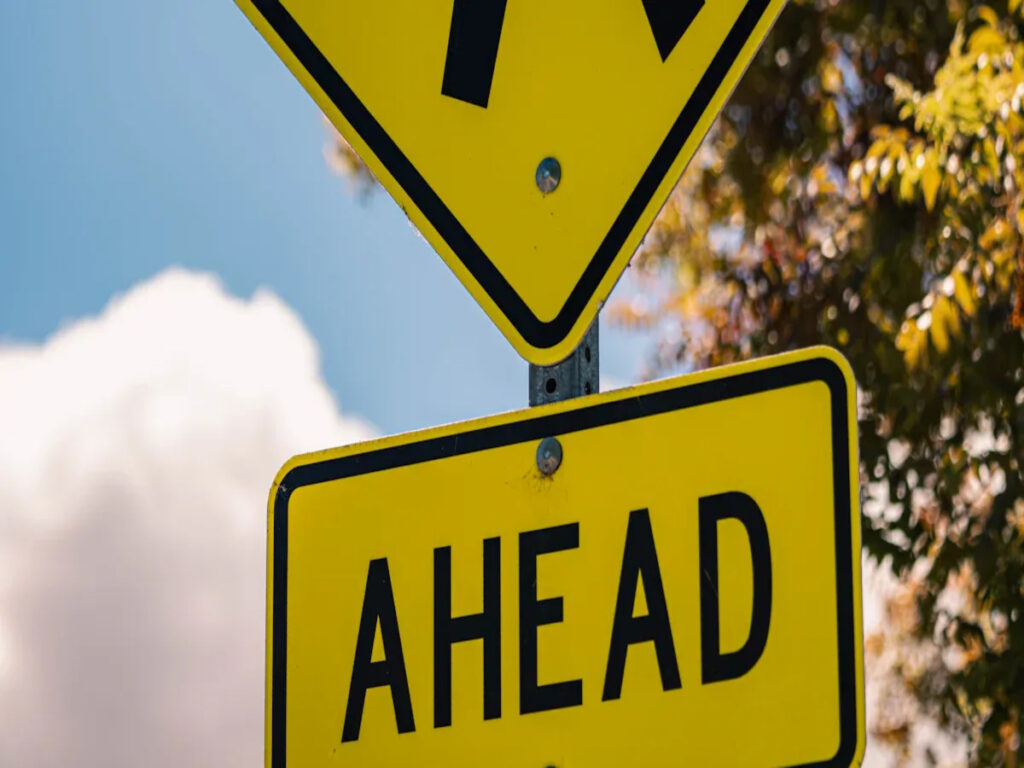
정의
an “앞서만” 표지판은 계속 직진하라는 규제 표지판의 일종입니다.. 이 표지판은 좌회전을 허용하지 않습니다, 오른쪽, 또는 교차로에서 유턴하세요. 표지판에 표시된 화살표 방향을 따라가야 합니다.. 이를 통해 어느 방향으로 갈 수 있는지 이해하고 교통 흐름을 올바른 방향으로 유지하는 데 도움이 됩니다..
목적 및 사용
당신은 볼 것입니다 “앞서만” 혼잡한 교차로나 복잡한 교차로에서 교통 방향을 제어하는 데 사용되는 표지판. 이러한 교통 표지판은 혼란을 방지하고 사고 위험을 줄이는 데 도움이 됩니다.. 직진만 하도록 안내하여, 표지판은 모든 사람이 같은 방향을 따르도록 해줍니다.. 이는 교통을 안전하고 체계적으로 유지하는 데 중요합니다..
일반적인 위치
자주 찾으시는데요 “앞서만” 도심 교차로 표지판, 학교 근처, 아니면 교통량이 많은 지역에서. 때때로, 이 표지판은 도로 배치가 변경되거나 회전 시 위험이 발생할 수 있는 곳에 나타납니다.. 새로운 교통 패턴을 통해 안전하게 안내하기 위해 건설 구역에서도 볼 수 있습니다..
시각적 외관
그만큼 “앞서만” 표지판에는 일반적으로 위쪽을 가리키는 흰색 화살표가 있는 파란색 원이 있습니다.. 심플한 디자인으로 쉽고 빠르게 발견하고 이해할 수 있습니다.. 명확한 화살표는 해당 지점에서 이동할 수 있는 유일한 방향을 나타냅니다.. 이 표지판은 대담한 색상과 모양으로 인해 다른 유형의 도로 표지판보다 눈에 띕니다..
운전자 조치
당신이 볼 때 “앞서만” 징후, 법을 준수하고 안전을 유지하기 위해 구체적인 조치를 취해야 합니다.:
- 좌회전하지 않고 계속 직진하세요, 오른쪽, 아니면 유턴을 하든가.
- 즉시 표지판을 따르십시오., 법적으로 집행이 가능하기 때문에.
- 직진 주행이 표시된 차선에 차량을 배치하세요., 회전 차선이 아닌.
- 다른 도로 사용자를 주의하세요, 보행자, 자전거 타는 사람 등.
- 표지판을 놓치고 방향을 바꾸려고 하면, 계속 직진하고 돌아서기 안전한 곳을 찾으세요.
- 경찰관이나 교통요원이 지시하는 경우에만 다른 방향을 따르십시오..
- 표지판을 따르지 않는 것은 교통 위반이며 벌금이나 벌점을 받을 수 있다는 점을 기억하세요..
- 안전하다면 긴급 차량이 긴급 상황 중에 표지판을 무시할 수도 있다는 점을 알아두세요..
- 자전거 이용자와 보행자는 일반적으로 다른 표지판에 지시되어 있지 않는 한 이 표지판을 따라갈 필요가 없습니다..
팁: 항상 확인하세요 “앞서만” 교차로 표지판. 올바른 방향을 따르면 도로에서 귀하와 다른 사람들의 안전을 지킬 수 있습니다.
편도 교통 표지판
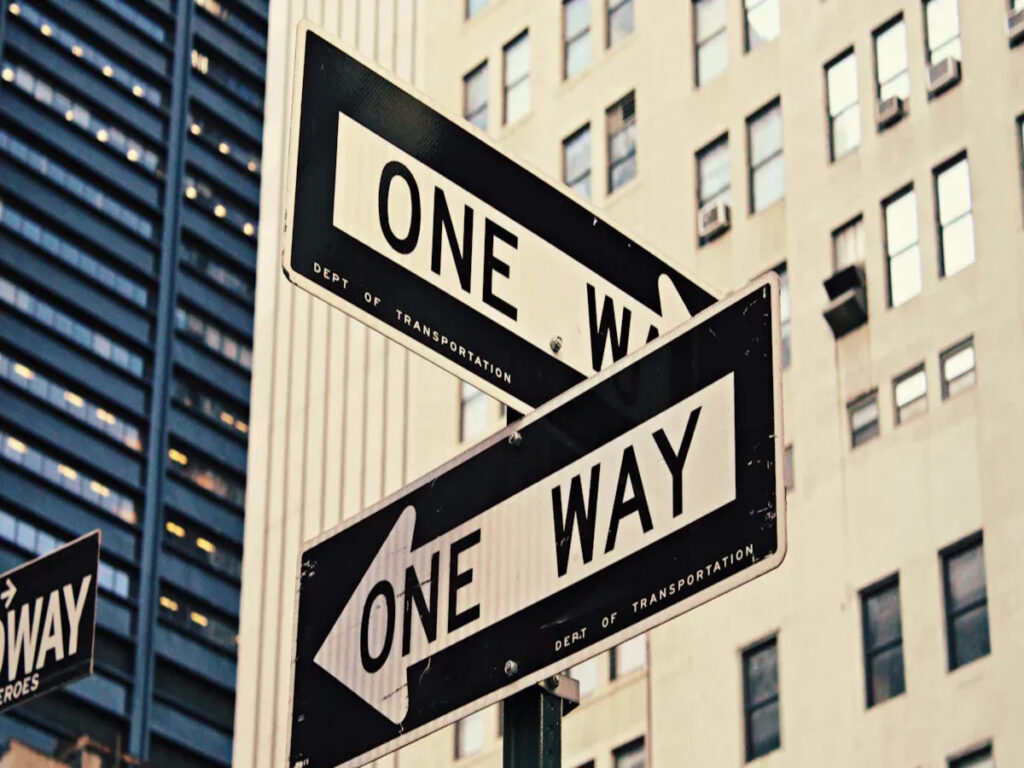
정의
일방통행 교통 표지판은 한 방향으로 가라고 말합니다.. 그만큼 텍사스 교통위원회 규칙을 만들고 표지판을 세우는 거죠. 이 표지판을 보면, 표시된 대로 운전해야 합니다. 다른 길로는 갈 수 없어. 이 규칙은 사람들의 안전을 지키고 교통이 원활하게 진행되도록 돕습니다..
목적 및 사용
일방통행 교통 표지판은 자동차가 도로나 경사로에서 이동하는 방식을 제어하는 데 도움이 됩니다.. 이 표지판은 운전자가 잘못된 길로 가는 것을 막아줍니다.. 혼잡하거나 좁은 거리를 안내합니다.. 도시 계획자는 교통을 질서있게 유지하고 혼란을 막기 위해 이를 사용합니다.. 표지판의 방향을 따르면 사고를 줄이고 도로를 더욱 안전하게 지킬 수 있습니다..
일반적인 위치
도심에 일방통행 교통 표지판이 보입니다., 학교 근처, 그리고 작은 거리에서. 이 표지판은 교차로에 있습니다, 골목, 그리고 고속도로 경사로. 기획자는 까다로운 도로 지역에 배치하여 안전하게 안내합니다.. 당신은 또한 볼 수 있습니다 “입력하지 마십시오” 또는 “잘못된 길” 방향을 알려주는 근처 표지판.
시각적 외관
일방 통행 교통 표지에는 흰색 직사각형에 검은색 화살표가 있습니다.. 화살표는 갈 수 있는 방향을 가리킨다. 단어 “편도” 화살표 위 또는 옆에 있음. 이 표지판은 거리나 차선을 따라 배치됩니다.. 이렇게 하면 어느 방향으로 운전해야 할지 쉽게 알 수 있습니다..
운전자 조치
일방통행 표지판이 보이면, 당신은해야합니다:
- 화살표가 가리키는 방향으로만 주행하세요.
- 잘못된 길로 가고 있다는 것을 알아차리면 멈춰라.
- 안전할 때 차를 세우고 돌아서세요..
- 다음과 같은 표지판을 찾으세요. “입력하지 마십시오” 또는 “잘못된 길.”
- 누군가가 잘못된 방향으로 운전하는 것을 보면 도움을 요청하세요.
메모: 일방 통행 신호를 무시하면, 심각한 충돌을 일으키거나 법에 문제가 생길 수 있습니다.. 벌금이나 면허증 벌점을 받을 수도 있습니다.. 이 표지판은 전체 도로나 차선을 제어합니다., 한 곳만이 아닌.
| 측면 | 설명 |
|---|---|
| 목적 | 편도 교통 표지판은 갈 수 있는 유일한 길을 보여줍니다. |
| 놓기 | 골목마다 간판이 있어요, 도로, 그리고 만나는 경사로. |
| 안전에 미치는 영향 | 잘못된 방향으로의 운전을 멈추고 안전을 지켜줍니다.. |
| 트래픽 흐름에 미치는 영향 | 자동차를 정리하고 혼란을 멈추는 데 도움이 됩니다.. |
| 추가 컨트롤 | 추가 표지판과 도로 표시는 길을 알려주는 데 도움이 됩니다.. |
주요 차이점
방향 제어
각 표지판이 도로에서의 움직임을 어떻게 제어하는지 이해해야 합니다.. an “앞서만” 표지판에는 직진하라는 표시가 있습니다. 그 자리에서는 좌회전이나 우회전을 할 수 없습니다. 이 표지판은 보이는 교차로에서만 방향을 제어합니다.. 대조적으로, 일방 통행 교통 표지판은 전체 거리 또는 차선의 교통 방향을 제어합니다.. 일방통행 표지판이 보이면, 도로 전체에 걸쳐 화살표로 표시된 방향을 따라야 합니다.. 방향을 바꾸거나 흐름을 거슬러 운전할 수 없습니다..
팁: 항상 표지판의 화살표를 확인하세요.. 올바른 여행 방향을 보여줍니다..
배치 및 컨텍스트
당신은 찾을 것입니다 “앞서만” 방향 전환이 혼란이나 위험을 초래할 수 있는 교차로 표지판. 이러한 표지판은 번화한 도심에서 자주 나타납니다., 학교 근처, 아니면 건설현장에서. 직진해야 할 때를 알 수 있도록 도와줍니다.. 일방통행 교통 표지판은 거리의 시작 부분에 나타납니다., 교차로에서, 그리고 때로는 길을 따라. 도시 계획자는 이 표지판을 사용하여 좁은 거리를 안내합니다., 골목, 혹은 교통량이 많은 지역. 각 표지판의 배치는 목적에 맞게. “앞서만” 표지판은 한 지점을 제어합니다, 단방향 교통 표지판은 더 긴 구간의 흐름을 관리합니다..
일반적인 시나리오
- 혼잡한 교차로에 접근하여 다음을 봅니다. “앞서만” 징후. 계속 직진해야 해요.
- 거리로 방향을 틀면 일방통행 교통 표지판이 보입니다.. 거리 전체에서 화살표를 따라가야 합니다.
시각적 차이
이러한 교통 표지판의 차이점은 모양과 색상으로 구분할 수 있습니다.. an “앞서만” 표지판에는 위쪽을 가리키는 흰색 화살표가 있는 파란색 원이 있습니다.. 이 디자인은 앞으로만 나아가라고 말합니다.. 일방 통행 교통 표지에는 흰색 직사각형에 검은색 화살표가 있습니다., 단어와 함께 “편도” 화살표 옆이나 위. 화살표는 허용되는 방향을 보여줍니다.. 이러한 시각적 신호는 수행해야 할 작업을 빠르게 이해하는 데 도움이 됩니다..
| 특징 | 앞으로만 서명 | 편도 교통 표지 |
|---|---|---|
| 모양 | 파란색 원 | 흰색 직사각형 |
| 화살표 방향 | 똑바로 | 왼쪽 또는 오른쪽 (허용되는 방법을 보여줍니다) |
| 단어 | 없음 | “편도” |
| 놓기 | 교차로에서 | 거리 입구와 도로변에서 |
운전자에게 미치는 영향
안전을 유지하고 법을 위반하지 않으려면 다음 표지판을 따라야 합니다.. 당신이 무시하는 경우 “앞서만” 징후, 혼란을 야기하거나 다른 운전자를 차단할 수 있습니다.. 회전하지 말아야 할 곳으로 방향을 틀면 사고가 발생할 수 있습니다. 일방 통행 신호를 무시하면, 흐름을 거슬러 운전할 수도 있어요. 이 실수는 심각한 충돌을 일으키고 모두를 위험에 빠뜨릴 수 있습니다.. 경찰은 이러한 표지판을 따르지 않을 경우 위반 딱지나 면허증에 대한 벌점을 줄 수 있습니다.. 항상 표시된 방향에 주의를 기울이고 각 표지판의 규칙을 따르세요..
메모: 이러한 표지판의 차이점을 알면 현명한 선택을 하고 교통을 안전하게 유지하는 데 도움이 됩니다..
왜 중요한가
안전에 미치는 영향
다음 도로 표지판을 따르면 도로를 안전하게 유지하는 데 도움이 됩니다.. “앞서만” 그리고 “편도” 표지판은 잘못된 방향 운전 및 급회전을 중지합니다.. 교차로에서의 혼란도 줄여줍니다. 운전자가 이 표지판을 무시하면, 충돌이 더 자주 발생할 수 있습니다. 연구에 따르면 사람들이 이러한 징후를 놓치거나 이해하지 못할 때 많은 충돌 사고가 발생합니다.. 고령 운전자는 혼잡한 교차로에서 더 많은 어려움을 겪습니다.. 새로운 스마트 사인과 카메라는 이러한 위험을 낮추는 데 도움이 됩니다. 이 시스템은 실시간 데이터와 AI를 사용하여 규칙 위반자를 포착하고 운전자에게 경고합니다.. 이로 인해 충돌 사고가 줄어들고 도로가 더 안전해집니다..
🚦 팁: 항상 표지판에 있는 화살표와 단어를 찾으세요.. 까다로운 도로를 안전하게 통과할 수 있도록 도와줍니다..
법적 결과
팔로우하지 않으면 “앞서만” 또는 “편도” 손짓, 당신은 곤경에 처할 수 있습니다. 경찰이 벌금을 줄 수도 있다, 라이센스 포인트, 심각한 경우 감옥에 갈 수도 있습니다.. 아래 표는 이러한 규칙을 위반할 경우 발생할 수 있는 일을 보여줍니다.:
| 위반 유형 | 처벌 |
|---|---|
| 일방통행 표지 위반 (VC 21657) | 괜찮은: $238 플러스 법원 수수료 DMV 포인트: 1 가리키다 보험: 보험료 인상 가능성 |
| 교통 위반 (경미한 위반) | 괜찮은: $238 에게 $500 플러스 법원 수수료 DMV 포인트: 2 전철기 트래픽 스쿨이 허용될 수 있습니다 |
| 경범죄 위반 (고집 센, 부상은 없어) | 교도소: 최대 6 달 괜찮은: 최대 $1,000 DMV 포인트: 2 전철기 집행유예 및 면허정지 가능성 |
| 중범죄 (부상 또는 사망) | 감옥: 최대 3 연령 (신체 부상), 사망자라면 더 괜찮은: 최대 $10,000 수년간 면허정지 |
| 추가 결과 | DMV 포인트로 인해 면허가 정지될 수 있음 보험료가 인상될 수 있습니다. 50% 또는 그 이상 사고에 대한 민사 책임 가능성 |
메모: 딱 한 장이라도 보험료가 더 비싸지고 면허 취득이 위험해질 수 있습니다..
실제 사례
많은 실제 이야기는 운전자가 이러한 표지판을 따르지 않을 때 어떤 일이 일어나는지 보여줍니다.. 아래 표는 몇 가지 연구와 어떤 일이 일어났는지 보여줍니다.:
| 사건/연구 | 설명 | 결과/영향 | 관련 대책 |
|---|---|---|---|
| 스테플린 등. (1997) & 하우드 등. (1995) | 교차로에서 잘못된 방향으로 이동, 주로 나이 많은 운전자들이 | 더 많은 잘못된 항목 및 충돌 | 더 나은 표지판 및 도로 표시 |
| 사이프러스와 루첸하이저 (1975) | 혼란스러운 중앙값 트릭 드라이버 | 고속도로 출구에서 더 많은 잘못된 진입 | 더 큰, 더 밝은 표지판과 명확한 중앙값 |
| 파슨슨과 마크스 (1979) | 출구 경사로의 화살표 표시 | 잘못된 항목이 적음 | 투명 포장 화살표 사용 |
| 아이오와 도트 (1991) | STOP 표지판을 달리다가 치명적인 충돌이 발생함 | 높은 충돌률, 주로 나이 많은 운전자들에게 | 더 나은 표지판 이해 및 더 많은 시행 |
| 호프만 (1969) | 머리 위 차선 사용 통제 표지판 | 44% 충돌이 줄어 듭니다, 58% 잘못된 차선 회전 횟수 감소 | 머리 위 표지판과 명확한 차선 표시 |
더 나은 도로 표지판을 볼 수 있습니다., 스마트 기술, 강력한 규칙은 충돌을 막고 생명을 구하는 데 도움이 됩니다.. 이 징후에주의를 기울이면, 당신은 모든 사람을 위해 도로를 더 안전하게 만드는 데 도움이됩니다.
이제 다음과 같은 주요 차이점을 알게 되었습니다. “앞서만” 그리고 “편도” 손짓.
- “앞서만” 표지판에는 교차로에서 직진하라고 나와 있습니다..
- “편도” 표지판은 거리에서 허용되는 유일한 방향을 보여줍니다..
항상 이러한 징후를 조심하세요. 이를 따르면 귀하의 안전을 지키고 법적 문제를 피하는 데 도움이 됩니다.. 더 나은 사람이 되기 위해 항상 주의를 기울이고 모든 도로 표지판에 대해 계속 학습하세요., 더 안전한 운전자.
FAQ
놓치면 어떻게 해야 할까요? “앞서만” 징후?
당신이 놓친 경우 “앞서만” 실수로 서명하고 돌아서다, 침착하게 지내다. 계속해서 안전운전하세요. 돌아설 수 있는 안전한 장소를 찾으세요. 교통 상황에서 절대 후진하거나 갑자기 움직이지 마십시오..
일방 통행로에서 좌회전이나 우회전을 할 수 있나요??
표지판과 도로 표시가 허용하는 경우에만 좌회전 또는 우회전할 수 있습니다.. 항상 일방통행 화살표 방향을 따르세요.. 절대 흐름을 거슬러 운전하지 마세요.
이 표지판의 차이점을 어떻게 빨리 알 수 있습니까??
모양과 색깔을 보세요. an “앞서만” 표지판에는 흰색 화살표가 위를 가리키는 파란색 원이 있습니다.. 에이 “편도” 표지판에는 검은색 화살표가 있는 흰색 직사각형과 다음 단어가 있습니다. “편도”.
일방통행 표지판을 무시하면 어떻게 되나요??
심각한 사고를 일으키거나 티켓을 받을 수 있습니다.. 경찰은 벌금을 부과하거나 면허증에 벌점을 줄 수 있습니다.. 보험료도 오를 수 있어.
자전거 이용자와 보행자는 이 표지판을 따라야 합니까??
자전거 이용자는 다른 표지판에 달리 명시되어 있지 않는 한 두 표지판을 모두 따라야 합니다.. 보행자는 일반적으로 이러한 표지판을 따를 필요가 없습니다., 하지만 항상 교통 상황을 조심해야 해요.

